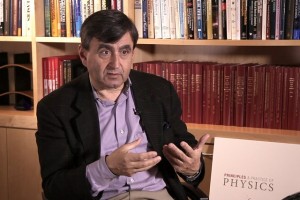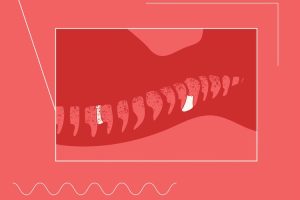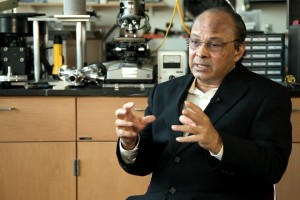Micromachining and Nanosurgery
Physicist Eric Mazur on the features of ultrashort laser pulses in transparent materials, new prospects in dat...
Why is it important to be able to create biological tissue replacements? What are the challenges of making engineered materials biocompatible? Harvard-MIT Professor of Medicine and Health Sciences and Technology Ali Khademhosseini speaks on history and problems of this area.
In many ways hydrogels are similar to our own bodies, because our bodies are typically made from a lot of water and matrix materials that are surrounding the cells, and they are basically hydrophilic in nature, so they’re hydrophilic polymers. That’s why when we have a microengineered hydrogel we’re dealing with gel-like materials that we can control in very small length scales.
So with respect to microengineering what we’ve done over the past few decades is we have come from those simple systems where islets were encapsulated in gel to technologies where we can use stimuli like light, we can use stimuli like changes in temperature and other things to be able to take a solution that has these polymers in it and somehow gel it and we can encapsulate the cells inside it. Now with the ability to make microfabricated gels we can put different cells together in different ways so the cells you can have, let’s say, liver cell and a fibroblast cell, and we can control how the cells come together, and then that will allow us to have the cells communicate with each other and help each other in becoming functional.
So what we want these materials to do is to do the same kind of thing or be able to present the right kind of signals. Now, in some cases some of the biology is known, but some of the biology is not necessarily known, and there’s challenges in trying to make the material that does the exact same thing that happens during embryonic development. So this is one of the things that a lot of materials scientist and biomaterials people are trying to address all the time. Now, how we try to do this is we can take lessons from biology of how, let’s say, a particular protein does a function and we can try to recreate that function in our materials.

Physicist Eric Mazur on the features of ultrashort laser pulses in transparent materials, new prospects in dat...

Peripheral nerve stimulation therapy can reverse the aftermath of spinal cord injury

Physicist Srinivas Sridhar on non-invasive methods of monitoring, localizing the source of seizures, and brain...